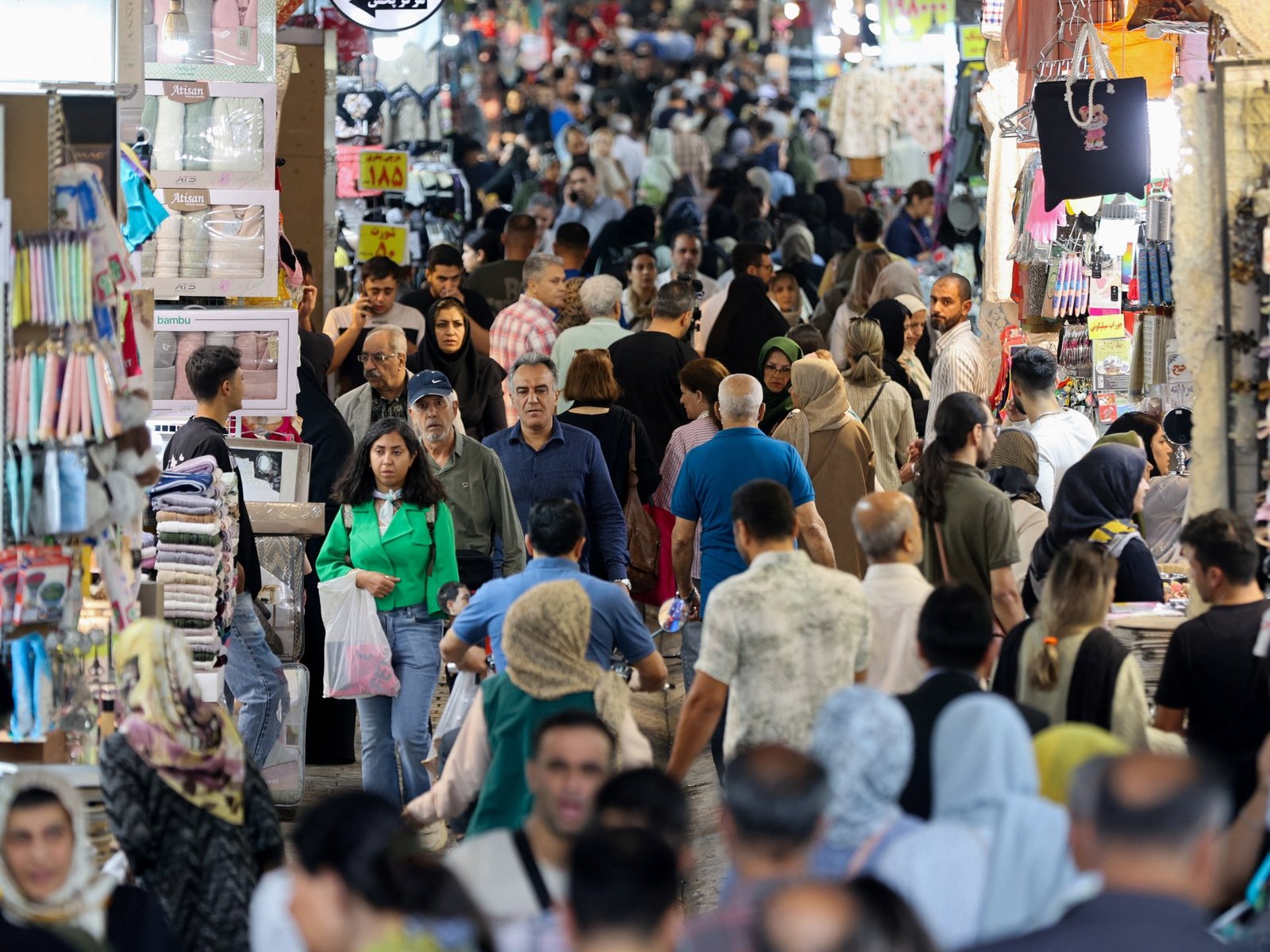Tehran, Iran – October 2025
In a significant geopolitical shift, Iran faces renewed sanctions imposed by the United Nations, following nearly ten years of relative reprieve. This development comes amidst growing pressure from Western nations, particularly against the backdrop of dissent from Russia and China.
At midnight GMT on Sunday, the sanctions were automatically reinstated as European signatories of the 2015 nuclear agreement invoked the “snapback” clause of the deal. This mechanism, designed to enforce limitations on Iran’s nuclear program, has reactivated a series of stringent measures including arms embargoes, asset freezes, travel prohibitions, and sanctions impacting Iran’s nuclear, missile, and banking sectors. The repercussions are expected to severely affect the economy of the nation, which has over 90 million citizens grappling with the fallout.
The renewed sanctions are binding for all UN member states and will be enforced using nonmilitary measures. With tensions rising in the region, fears of possible military actions by Israel and the United States are palpable. Recent military strikes on Iranian territory in June resulted in over 1,000 casualties and incurred extensive damage, raising concerns among Iranians that Israel may leverage these sanctions as justification for further assaults.
Market Turmoil and Economic Despair
Economic indicators reveal deep-seated anxiety among the Iranian populace. On Sunday, the Iranian rial plummeted to a historic low, trading at over 1.3 million against the US dollar. This nosedive follows a significant decline from 1.06 million a month prior, signaling widespread economic instability. Rouzbeh, a 35-year-old trader at Tehran’s Grand Bazaar, expressed grave concerns about rising import costs and diminishing purchasing power, as inflation reaches unprecedented levels.
Some merchants have chosen to halt sales in response to the economic volatility, while others capitalize on the situation by inflating prices. The sentiment among hardliners is notably differing, as many view the sanctions as a vindication of their long-standing opposition to the nuclear deal, which they labeled a “pure loss.”
Diplomatic Stalemate and Future Uncertainty
The snapback mechanism was originally embedded in the Joint Comprehensive Plan of Action (JCPOA) to impose penalties on Iran should it fail to adhere to the agreed constraints on its nuclear activities. However, Tehran, supported by allies China and Russia, argues that the West has manipulated this mechanism, particularly since the US withdrawal from the JCPOA in 2018.
In response to escalating pressures, Iranian officials have conveyed a resolute stance against engagement with the West, with Supreme Leader Ayatollah Ali Khamenei firmly ruling out any potential negotiations with the US. Meanwhile, the impact of these sanctions, along with a deteriorating economic landscape, continues to foster discontent among the populace, reflected in the media’s coverage of recent events.
As diplomatic efforts falter, the ramifications of these sanctions and military tensions bear heavily on the Iranian landscape. Observers are left to ponder whether major allies like China and Russia will risk facing UN repercussions in their dealings with Iran, particularly in light of their ongoing economic and military collaborations with the isolated nation.
U.S. Policy Dynamics and Regional Ramifications
Experts suggest that the US has effectively delegated its Iran policy to Israel, especially under the Trump administration. This strategy raises questions regarding the future of US-Iran relations, with the possibility of Iran employing alternative strategies to navigate sanctions, including halting IAEA oversight of its nuclear facilities.
As the geopolitical chess game unfolds, the broader narrative remains one of profound transformation in Middle Eastern dynamics, with Iran positioned as a central figure in the region’s ongoing quest for stability amid external pressures.

